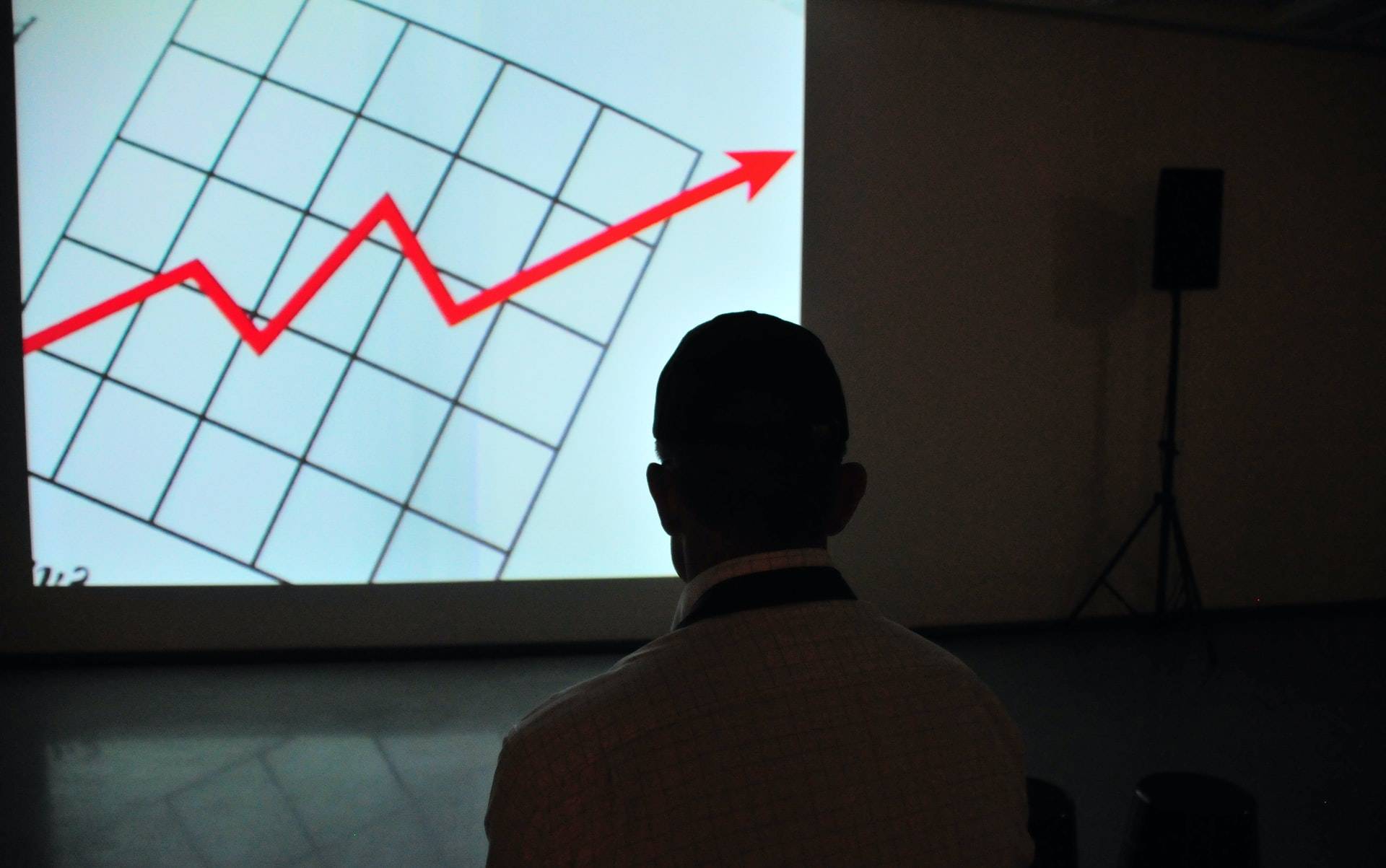Wall Street rebounded quite quickly from a difficult start to the year. Markets have become more optimistic about the US economy, betting on the Artificial Intelligence boom and looking at current corporate results. Stock market indexes continue to set new all-time records. The Dow Jones gained 0.4 percent and the S&P 500 closed the day 0.2 percent higher, while the tech-heavy Nasdaq Composite grew by 0.3 percent. Crude oil gained significantly after a drone attack on Russian Novatek. On the other hand, the Bank of Japan maintained its ultra-easy monetary policy parameters this morning, but Ueda’s words during the press conference have strengthened the yen.
Investor risk appetite remains dominant. This is evidenced by the repeated records of the S&P 500 and Dow Jones. The Nasdaq Composite Index still has a bit to go to match its all time high (ATH). This week, the market will be assessing how much the US economy slowed down in Q4. We will receive this data on Thursday. The following day, on Friday, the focus will be on a report about American spending. We should take into consideration what the Fed’s preferred measures of inflation, PCE and PCE core, will be. The monthly dynamics should rise to 0.2 percent. In annual terms, PCE is expected to fall from 3.2 percent to 3 percent, while the base will remain at 2.6 percent.
There was greater volatility in crude oil quotations yesterday. WTI gained 2.4 percent while Brent increased 1.9 percent. This increase is a result of, among other things, increased concerns about global energy supplies following a Ukrainian drone attack on Russian Novatek. The price is also affected by low temperatures in the US, which hinder oil production, mainly in North Dakota. Over 20 percent. of production in the third largest oil-producing state remained closed on Monday. Last week’s production was already halved. On the other hand, the growth prospects of China and Europe are mixed, which adversely affects demand. Oil may also show greater volatility on Thursday when GDP data for the last quarter of last year will be released.
The Bank of Japan maintained the parameters of its ultra-loose monetary policy, which was widely expected. The institution indicated that the probability of the economy achieving sustained inflation at 2 percent. continues to “gradually increase”. Many market participants expect the BoJ to end the negative interest rates phase this year, and a recent Reuters survey suggests the most likely timing is April. At the two-day meeting that ended on Tuesday, the bank left its short-term target interest rate unchanged at -0.1 percent, and the yield on 10-year bonds at around 0 percent. Since 2016, the institution has maintained negative interest rates.
During a press conference by the BoJ President, the yen gained in value and the USD/JPY pair fell below 147.00. Ueda stated that more companies decided to raise wages this year compared to last year. He emphasized that there is great uncertainty about how widespread they will be. He added that the side effects of the negative interest rate policy cannot be denied. He also acknowledged that the BoJ foresees rate hikes after the current expansionary monetary policy phase ends. He stated that at the April meeting, the bank will have more current data. Ueda’s comments hinted at a change in tone compared to his previous press conferences.
USD/JPY quotations on the 4-hour chart have formed a potential head and shoulders pattern. This morning the “neckline” was “broken”, which theoretically suggests a continuation of decreases.
Łukasz Zembik Oanda TMS Brokers
